First-person: Kent and Irene Martin live and breathe Wahkiakum County
Published 1:44 pm Thursday, July 10, 2025
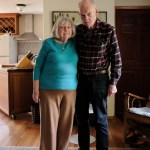
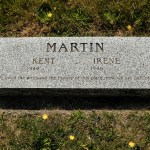
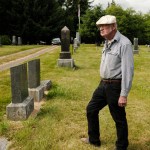
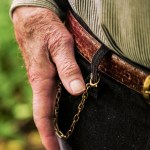
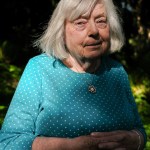
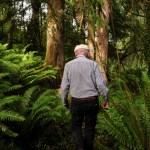
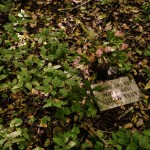
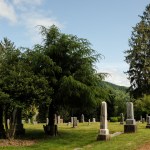
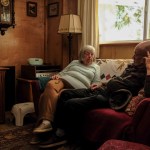
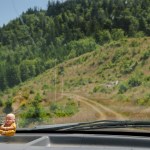
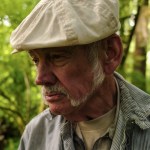
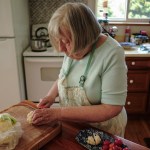
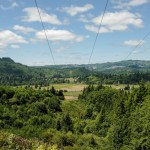
I have lived in 10 cities in the last 10 years, spurred from one to the next by whim, wanderlust, and the need for gainful employment. Of these, eight were within the contiguous United States. The other two were on tropical islands at least half an ocean away. My hometown of Boston, which is not on the list, is where I spent the first 17 years of my life. Ithaca, where I went to college, is the only place on the list where I’ve lived for longer than two.
This semi-nomadism suits me in some ways and exhausts me in others—makes me long, at times, to feel content enough to remain in one place, and envious of those who do. For now, I make a point of seeking out the old-timers wherever I go—those who have not only stayed, but stayed for a long time. I do so hoping that listening to their stories might make up for some of the time I won’t spend. That some of their capacity for rootedness might rub off on me.
This hope is what led me to Kent and Irene Martin of Skamokawa, who are old-timers if there ever were any, and are recognized as such throughout Wahkiakum County. I recognized it the day I met Kent at a community meeting at the Skamokawa Grange Hall, where he said to me: “I can go for a walk through the cemetery and have conversations. I can hear their voices.”
Trending
Among those buried in that little cemetery above the valley are Kent’s great-grandfathers, who arrived from Sweden and Norway in the 1870s. John Strom, the Swede, jumped ship in Portland, after having rounded the Cape of Good Hope and stopped in Hong Kong so that 304 indentured laborers could be added to the cargo. He then made his way downriver, found work fishing, and established the beginnings of a farm, before returning briefly to Sweden to fetch his wife.
Irene, who was born in England and raised in Canada, arrived in Skamokawa a century after Strom, and was by then already married to his great-grandson. She also held a master’s degree in library science. Both credentials were to prove immensely helpful to the project that would consume much of the next five decades of her life: an exhaustive chronicling of the history and customs of her adopted homeland, which has resulted in multiple books and innumerable essays, poems, and articles. Marriage helped her gain access to people like Kent’s father, Kenneth, “who had a wonderful memory for oral history,” and by extension, to impressions and recollections that would have otherwise died with their owners. The academic training helped her corroborate all these details, dig up her own, place them all in context, and ultimately stitch them together into a cohesive narrative.
It might not have happened at all. The pair met in the early 1970s at Memorial University in Newfoundland, where Irene was working on campus as a librarian, and Kent was turning his lived experience of sharing finite fishing grounds into a master’s thesis in anthropology. Neither was a stranger to the restlessness that the big, philosophical questions can occasion. And both considered giving themselves over to the life of the itinerant academic—the one that sometimes still calls to me and that I am still trying to resist, in much the same way the Martins did.
“We were going to be a part of that, and we chose to go fishing instead,” said Irene. “I’ve never been sorry.”
For the next four decades, Irene joined her husband out on the water at every opportunity, while simultaneously conducting her own, independent scholarship on the side. Neither pursuit was inherently more worthwhile than the other. But the way the Martins conceived of the relationship between fishing and philosophy mattered. Instead of universities, the Martins affiliated with a community. Instead of studying the life of a community, they participated in it. Instead of philosophizing for work, they philosophized about their work. As Irene put it, “It’s a good combination to be actually working in the field that you’re writing about.”
Still, to observe the Martins for any length of time, or to listen to them answer even the simplest question, is to immediately recognize just how deeply they have reflected on their lives. To learn anything of their passions and diversions—whether it be their adoption of two daughters from India, or their nurturing of their children through severe mental and physical maladies, or Irene’s many years of service to the community as an Episcopal priest, or Kent’s daily six-to-ten-mile bike ride, or their management of their lands for long-term ecological health and returns that neither will live to see—is to clearly perceive their values and the universal significance thereof. To spend time with the Martins is to remember that the local is global and global is local. It is to see how a place as seemingly tucked away as Wahkiakum County is actually the world in microcosm, the stage for the greatest of human dramas, the beach of heaven itself.
Trending
As a writer and photographer, I’ve long believed that the best stories are told by those who have lived them. What I’ve learned from the Martins, in the short time that I’ve known them, is that the same principle applies to living life itself. The richest lives are the most attached lives—the ones most wholly given over to principles larger than one’s self, and most deeply integrated with people and place.
To live this way is to be vulnerable, of course. How can one take firm root in a place without also sharing its fate? How can one become so invested in a community without also feeling its pain? The hurt is evident in the way the Martins speak of the social and economic changes that Wahkiakum County, like so many other rural places, has experienced over the past few decades—in the way that Kent, say, speaks of the scapegoating of the gill-netters and the coming of a technocratic future in which his livelihood will be worthless and his very existence meaningless:
“I can’t think of anything that would wound the human soul more than to make the claim in public, to point fingers and say that your life’s work was some sort of environmental travesty that should never have happened—that *you* should never have happened.”
And yet, would the Martins have picked any other life to live?
“We have talked about leaving, about retreating further into the rainforest, the Alaska voyage of the ancestors,” writes Irene on the last page of “Beach of Heaven,” her 1997 history of Wahkiakum County. “But where else could we go into the woods and emerge saying, ‘Dad was there?’ Where else would all the stories and accumulated legends of preceding generations be relevant? And how can we leave the moon that sets in our pond?”
•••
Riley Yuan is part of The Murrow News Fellowship, a state-funded journalism project managed by Washington State University. Local participants include the Chinook Observer, The Columbian and The Daily News. For more information, visit news-fellowship.murrow.wsu.edu.






















